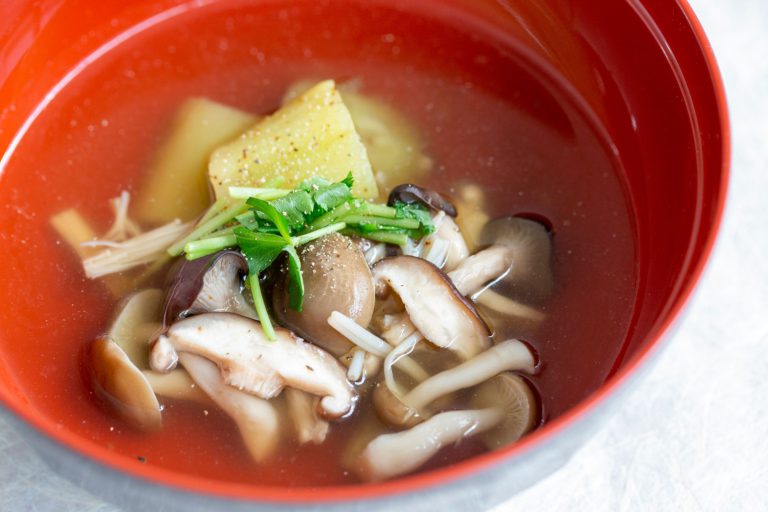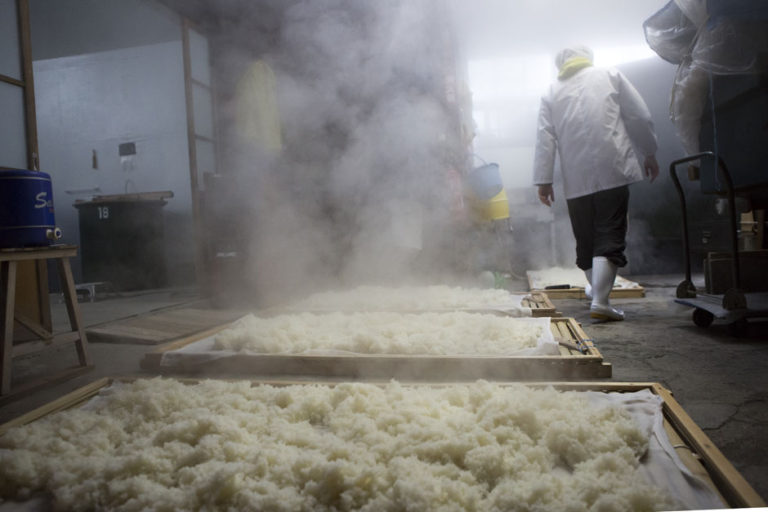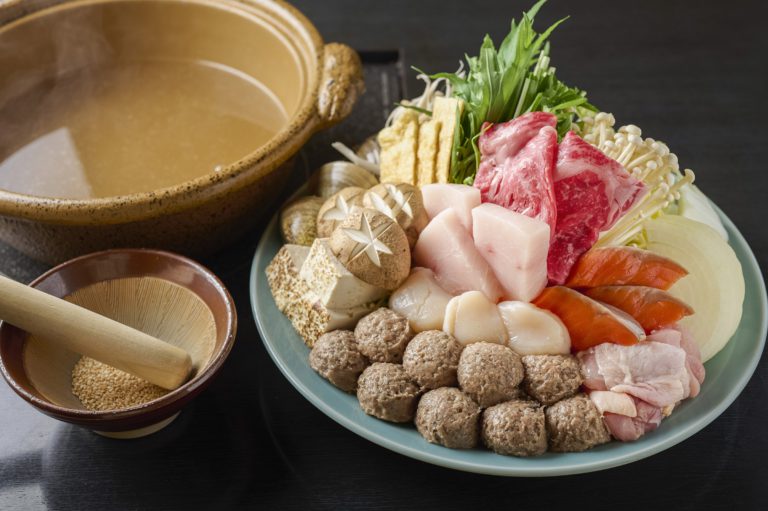A Traditional Summer Citrus Confectionery That Embodies the History of Hagi
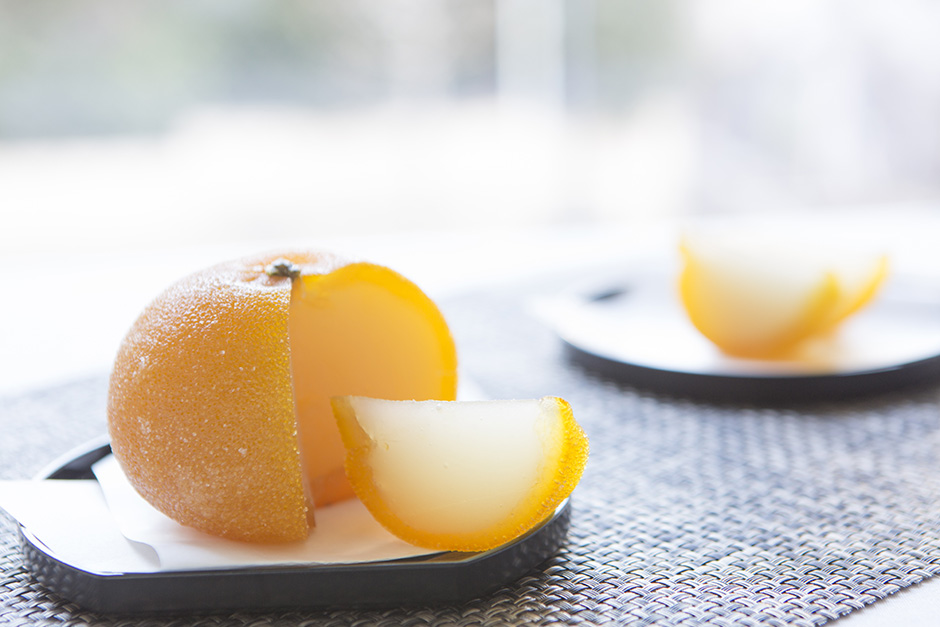
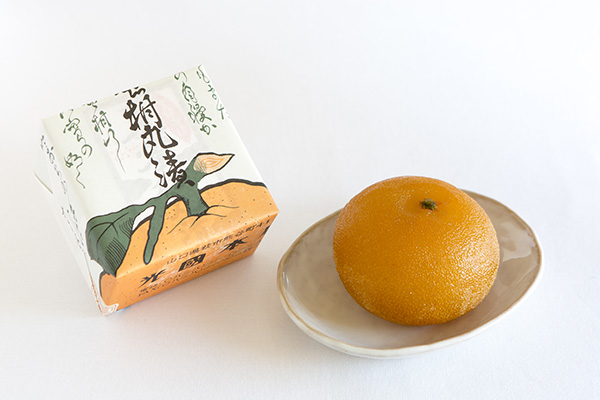
It is also known as the birthplace of summer citrus farming. Early in the Meiji period (1868–1912), samurai lost their jobs and were in great distress as the feudal system was abolished and the organization of Japan was replaced with a system of prefectures. Summer citrus farming started as a means of saving the now-unemployed samurai by planting the saplings of citrus trees on their property. The yellow citrus lining the streets from the winter to the summer has now become one of the symbolic landscapes of Hagi.
In this article, we will cover a confectionery that features this symbolic summer citrus: “Natsumikan Maruzuke (preserved summer citrus)”, created by the esteemed Mitsukuni Honten, a store with a history that stretches back to the end of the Edo period. Just as its name suggests, the confectionery has a unique round shape and has been cherished locally as a gift for celebratory occasions, as well as a souvenir for tourists.
Why does Mitsukuni Honten’s Natsumikan Maruzuke make a great gift? Let’s take a closer look.
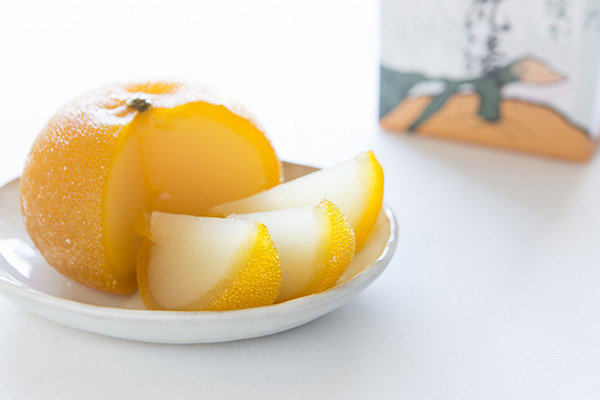
Bold appearance with a delicate taste
The appearance of the Natsumikan Maruzuke gave us the first of many surprises when we took it out of its box. It keeps the original shape of a summer citrus and is about 9 cm in diameter. Our expectations grew, wondering what the confectionery was like inside. When we cut it open, we found that it was filled to the brim with white bean paste; a beautiful contrast with the orange, semi-clear skin.
Biting into it, the refreshing aroma of the summer citrus skin exploded in our mouth. The skin is soaked in plenty of syrup to give a sweet and slightly bitter taste, characteristic of the summer citrus. The white bean paste is also flavored with summer citrus, giving it a refined sweetness. The skin and the bean paste complement each other to create a wonderfully balanced taste.
Visual impact and delicate taste. Natsumikan Maruzuke offers both of these, making it a perfect gift.
Craftsmanship and sense that machines cannot replicate
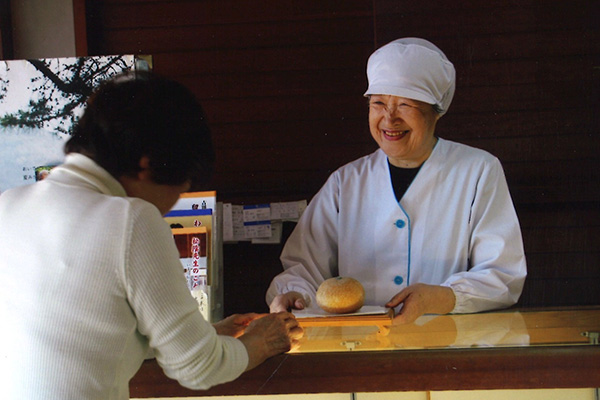
Hagi is a town that retains much of its history as a castle town in the Edo period. Tucked away in one of its corners is Mitsukuni Hoten, the esteemed summer citrus confectioner established in 1858.
Natsumikan Maruzuke was created in 1916 by Yoshitaro Mitsukuni, the third-generation owner of Mitsukuni Honten and has a 100-year long history.
“Using the same methods as when it was first conceived, we still make each Natsumikan Maruzuke by hand, spending five days to make a single one,” says Yoshiko Mitsukuni, daughter of Yoshitaro and the fourth-generation manager of the confectioner. According to Yoshiko, the technique of making Natsumikan Maruzuke has been carried on to Yoshiko’s husband (the fourth-generation owner) and their son (the fifth-generation owner).
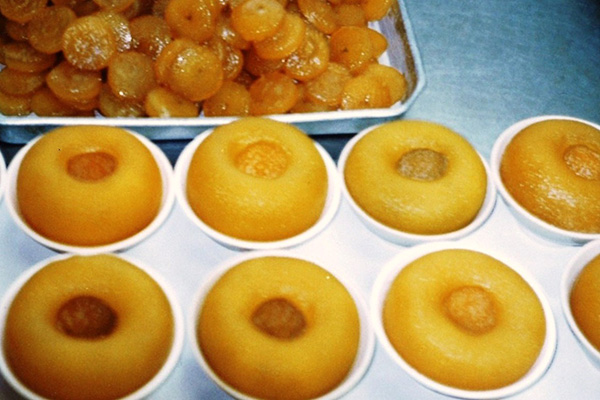
The tools they use are like workmen’s tools, including specially prepared planes and chisels. First, using the plane, they slice off approximately 1 mm of the rough skin of the summer citrus, which they call “devil’s skin.” Thought up by the founder, this requires delicate, skilled hands and turns hard, otherwise unpalatable summer citrus skin into something delicious. Next, they use the chisel to scoop out the entire fruit from a hole they drill in the bottom of the citrus.
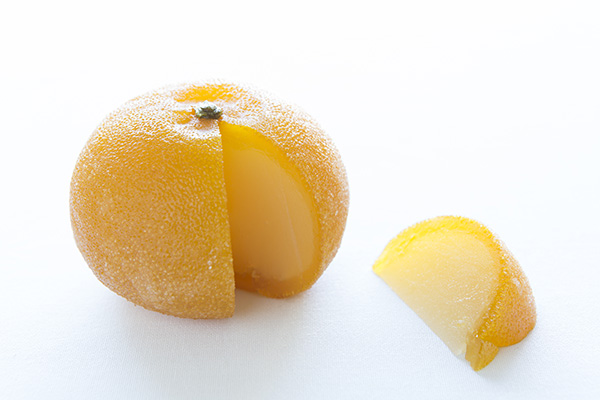
Now the whole, hollowed out skin is boiled for two entire nights to remove its harsh taste and then simmered in syrup. This syrup has been used since the first Natsumikan Maruzuke was born, containing the extract of one hundred years’ worth of summer citrus. White bean paste is then poured into the skins, and once the paste becomes solid, the whole confectionery is sprinkled with granulated sugar and after being left to sit for about half a day to finish the production process.
Making each one by hand takes a lot of time and effort, but according to Yoshiko, it is a necessary process to make a delicious Natsumikan Maruzuke regardless of the quality of the citrus, which changes depending on the season it’s harvested.
“For example, when we take the harshness out of the citrus, if we boil the ripe and soft summer citrus for a long time like we do for the hard summer citrus harvested in the winter, they will melt. We rip open the skin with our hands and use our intuition to determine how the citrus should be processed. The quality of the citrus changes with the seasons so we also have to change our production method to adapt to each one. It is an artisan skill passed on from the old days and is something machines cannot do.”
As a souvenir or for joyous occasions: A confectionery that brings good luck and carries with it the unique taste of the local culture
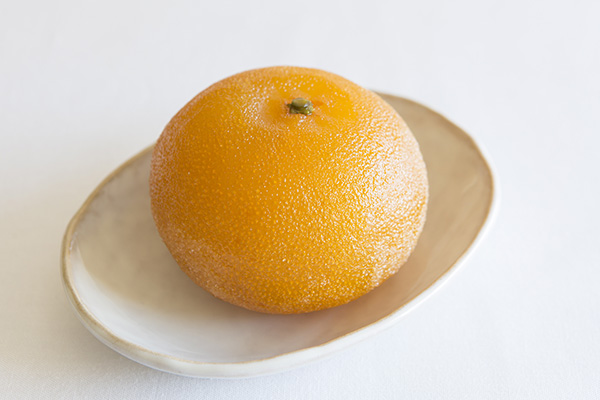
Mitsukuni Honten only uses locally grown summer citrus from the city of Hagi. Yoshiko told us why.
“Many years ago, there was a two-year period where we had poor summer citrus harvest in Hagi, so we used summer citrus delivered to us from Shikoku, because we looked up their history and we knew they had originated from Hagi’s summer citrus. But, they tasted different. We wondered why, because it was still summer citrus. We understood then that we had to use summer citrus from Hagi.”
Summer citrus farming in Hagi started at the beginning of the Meiji period as a means to save the samurai from the crisis they were facing. Mitsukuni Honten’s Natsumikan Maruzuke preserves a taste of Hagi’s history and local culture, and remains popular to many tourists as a unique souvenir from the city.
“Many customers visit us from afar to buy Natsumikan Maruzuke, saying that they can feel the history and drama of the Meiji Restoration in our confectionery. Some of them write to us after they go home to tell us it was delicious,” says Yoshiko, looking happy.
Meanwhile, the confectionery is apparently used quite frequently for celebratory occasions like weddings and engagement parties.
“Its rounded shape has no edges, so it is used to represent a happy life with no hard feelings. In May, the yellow summer citrus has tiny flowers blossoming next to them, which symbolizes the passing on of life to the next generation and is a sign of good luck.”
Natsumikan Maruzuke by Mitsukuni Honten carries with it many signs of good luck coupled with traditional craftsmanship, making it a perfect gift. We invite you to savor a taste of Hagi’s history.

